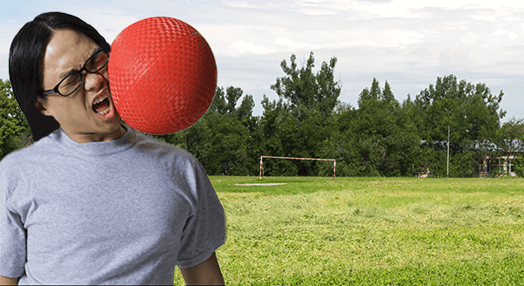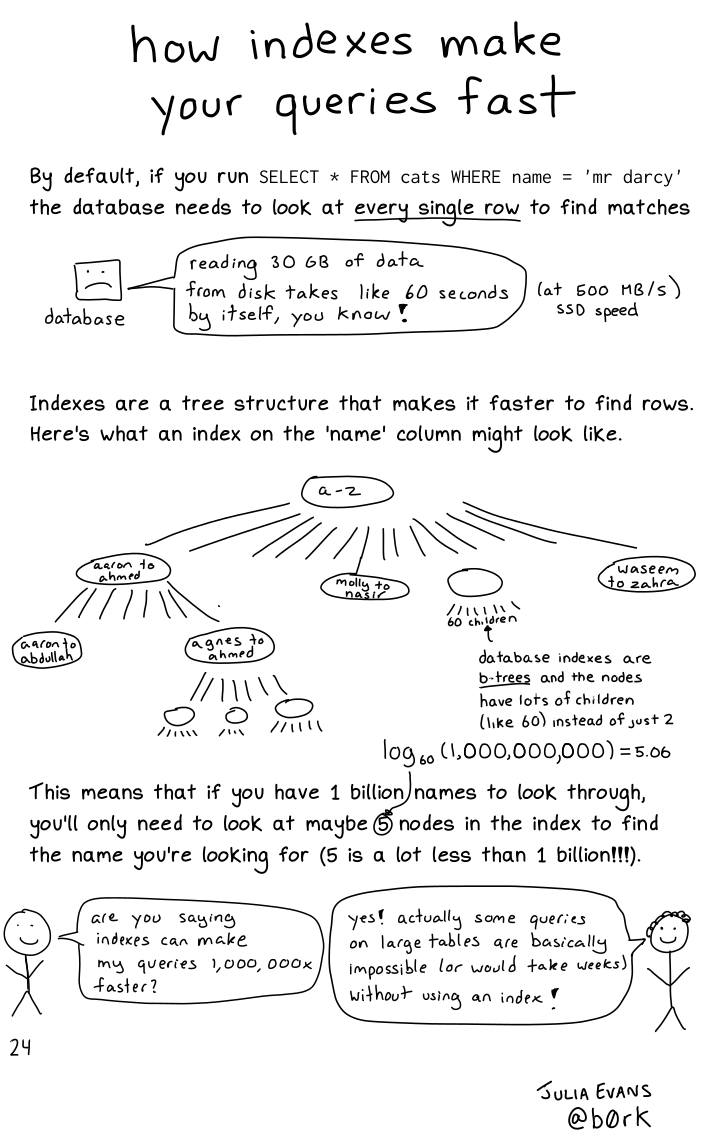Adult social sports leagues are a big deal, and one entrepreneur wants to make them even bigger. Three years ago, Joe Dzienius developed an addiction to kickball. A former marathon runner, he picked it up from his buddy, evolving from someone who hadn’t even known the sport existed to someone who practiced new kicking techniques to someone who now plays four nights a week. Dzienius, who lives in Hicksville, New York, on Long Island, can recite his stats: a win percentage of 65% (the same as Michael Jordan’s), a points differential of 270 (elite), and the No. 4 spot on a Long Island league’s 2024 leaderboard. In January, he traveled to Arizona to compete against the big dogs, and his team, Quit Your Pitchin,' made it to the playoffs. By his own admission, 35-year old Dzienius is super competitive. A server by day, Dzienius has poured hundreds of hours — and thousands of dollars in fees for four separate leagues — into the game by night. This year, he plans to break the 500-game mark. “Kickball after work is something I can always look forward to. I don’t have to think about it — I just put on my cleats and I show up. It’s how I keep in touch with my friends, it’s how I decompress, and it just feels so good to be out there,” Dzienius says. Welcome to the wild world of adult social sports. Some participants, like Dzienius, just can’t get enough. Others are more interested in the game of flip-cup that might happen afterwards. And still some others aren’t there for the love of the game, but rather to find love itself. Behind all of them lies a multi-million dollar industry. It’s an industry that rarely gets the spotlight but one that quietly shapes the social fabric of our favorite cities — and could soon be dominated by one private equity-backed big fish. The opportunity for any 20-something or 30-something to play kickball, much less play as frequently as Dzienius, stems from a major shift in the late 1990s. Back then, recreational sports leagues, run by local counties or municipalities for decades, suddenly privatized. The growth of the internet, which led to the emergence of a variety of tech-enabled registration platforms, allowed league organizers to better unify the experience of playing a sport with going out to a sponsor bar afterwards. Olivia Heller/The Hustle Entrepreneurs sensed an opportunity. They realized that they could improve the product of social sports and decided to shoot their shot. Tim Horan was one of them. In 2001, he took over as CEO of Heyday Athletic, a Philadelphia league that has since grown from fewer than 5k members to over 60k. He told me that one way entrepreneurs remade once-public sports leagues into profitable entities was advertising. Leagues like Heyday built relationships with brands like Coors Light so that they could reach the 21-to-40 year-olds playing in the leagues. “Back in the day there was no such thing as Facebook ads. And so our leagues were quite a valuable marketing channel for these brands,” Horan says. The combination of advertising plus an influx of millennials (the largest generation of young people since the Baby Boomers) who’d pay anywhere from $60-$200 for a season created a cottage industry. And in 2010, the Sport & Social Industry Association (SSIA) was born. (Yes, there’s a whole association dedicated to this type of business.) Earlier this year, they held their 15th annual conference in Las Vegas, with seminar topics like weather forecasting and refereeing. One of their guest speakers admitted, “they might be the most fun group of people ever.” Kickball in New York City’s Tompkins Square Park. (Bill Tompkins/Getty Images) Today, the SSIA has more than 80 member companies that run and organize sports leagues. Industry-wide, it's estimated that: Heyday grew from $1M in revenue in 2004 to around $4.5M today. It makes 75–80% of its revenue from participation fees, with the rest coming from sponsorships. The biggest expenses for Heyday, as with most leagues, are t-shirts provided to participants and facility rentals. Horan estimates that Heyday spends approximately $150k on the ~70k t-shirts they produce annually. The league pays around $750k annually to rent the fields and gyms that host the games. It rents from school districts and municipalities, picking late start times to avoid what Horan calls the “cardinal sin” of adult social sports: taking away ballfield time from kids. According to Horan “the organizations that control the field and gyms control the market.” And nowhere is this more apparent than in Chicago, a ~$10M market for adult social sports dominated by two main competitors, Chicago Sport & Social Club and Players Sport & Social Group. They abide by an almost invisible agreement. “If you go to Montrose Beach [a public beach on Lake Michigan], you’ll see that Chicago Sport & Social Club will have their players’ beach volleyball games spread out over hundreds of yards and then suddenly, there’s this line in the sand and the rest of the space is occupied by Players Sport & Social Group,” Horan says. Olivia Heller/The Hustle These leagues feature nearly two dozen different sports, from kickball to euchre. Chris Hastings, founder of Chicago Sport & Social Club, has seen over 15% growth in each of the sports they offer over the last 5 years, with pickleball growing especially fast (25% YoY). “The only sport we’ve seen a decline in is flag football, having been hit hard by the narrative around concussions that gained steam the last couple of years,” Hastings says. And for many the sport is beside the point. These organizers say their leagues are thriving in large part because of the postgame social scene. Sponsor bars, which throw in weeknight drink specials and structure for meeting strangers with shared interests, are a fixture of adult rec sports. If you’re new to a city, this is where you make your friends. If you’re single, it’s where you might meet your future spouse. Another league has taken socializing to the next level — and it might become powerful enough to dominate the entire industry. Giovanni Marcantoni started Volo Sports for a simple reason: to meet people, especially women. While playing in leagues around Washington D.C., he noticed that many women would quit after a few weeks because the leagues were too intense. So he set out to build his own league, sensing an opportunity to lower the barrier to entry for meeting new people. From the start, Volo made it easy for people who didn’t have teams to sign up for a league as free agents and be matched onto teams with other strangers. He also went into bars in Baltimore’s Federal Hill neighborhood and bought people a beer in order to get their email address. What started as a 16-person Bocce league in Baltimore in 2010 has now expanded to over nine major markets across the nation featuring over 13 different sports. Olivia Heller/The Hustle Volo Sports is, simply, the big fish of the industry. Since 2019, revenue has grown 5x and the number of annual participants has increased from ~100k to ~500k. They also recently attracted a $21m investment from private equity. How did Volo grow this fast nationwide? “I was in my twenties and had nothing to lose. Some of the more established [leagues] at the time, they had to ask themselves, ‘Do I have to go put money into a new market when I’m not even sure if it’s going to work?’” Marcantoni says. To expand nationally, Volo acquired leagues in new cities, skipping the growing pains of starting from scratch. They were able to pick up localized best practices and this fueled their expansion to cities like New York, Boston, and San Diego. These takeovers have been a reprieve for some adult rec league owners. Many have been at the helm for 20-plus years and an acquisition from a big player like Volo can mean a welcome payday. “What Volo did is provide social sports leagues with a liquidity option — previously, there was no smooth way to exit a social sports league business. But now, you can get acquired by a bigger player like Volo,” says Galen Beers, founder of the SSIA. Horan echoes the sentiment that these acquisitions are beneficial, especially for small or medium-sized leagues that are often a one-man operation. “Many owners don’t have the quality of life that they’d want — they’re tired and they need help. A bigger player like Volo can help take the financial pressure off and free up their time,” he says. He doesn’t believe that there’s a risk of the market turning into a monopoly. “There have been many folks who have tried to acquire every single club over the last 10-to-15 years. I don’t think Volo will ever own everybody, even though they’re growing very fast,” he adds. Volo volleyball players. (Volosports.com) For Marcantoni, the growth potential of the industry is huge. So much so that Volo is investing in their own country-club style physical spaces through Club Volo, attempting to create its own iteration of a third place. As Beers explained to me, these social sport companies are really “event-planning companies that have a specialty in sports; their natural evolution goes from sports leagues to diversifying.” Indeed, a quick look under the “events” tab on Volo’s website returns results for speed dating, a Champions League watch party, and a comedy show. And after speaking with many of these business owners like Marcantoni, I realized something. In almost all cases, they had gone through this journey themselves. They had moved to a new city, started from scratch, and joined a social sports league. Slowly, they had found community, one they could count on both on and off the pitch. They had discovered the magic of structure. The freedom of having something on the calendar. And once they did, they couldn’t keep the secret to themselves. Marcantoni, after all, is the archetypal adult rec sports player. He met his wife in a Bocce league.
The anatomy of an industry
The Chicago special
The big fish in the pond
.png)



